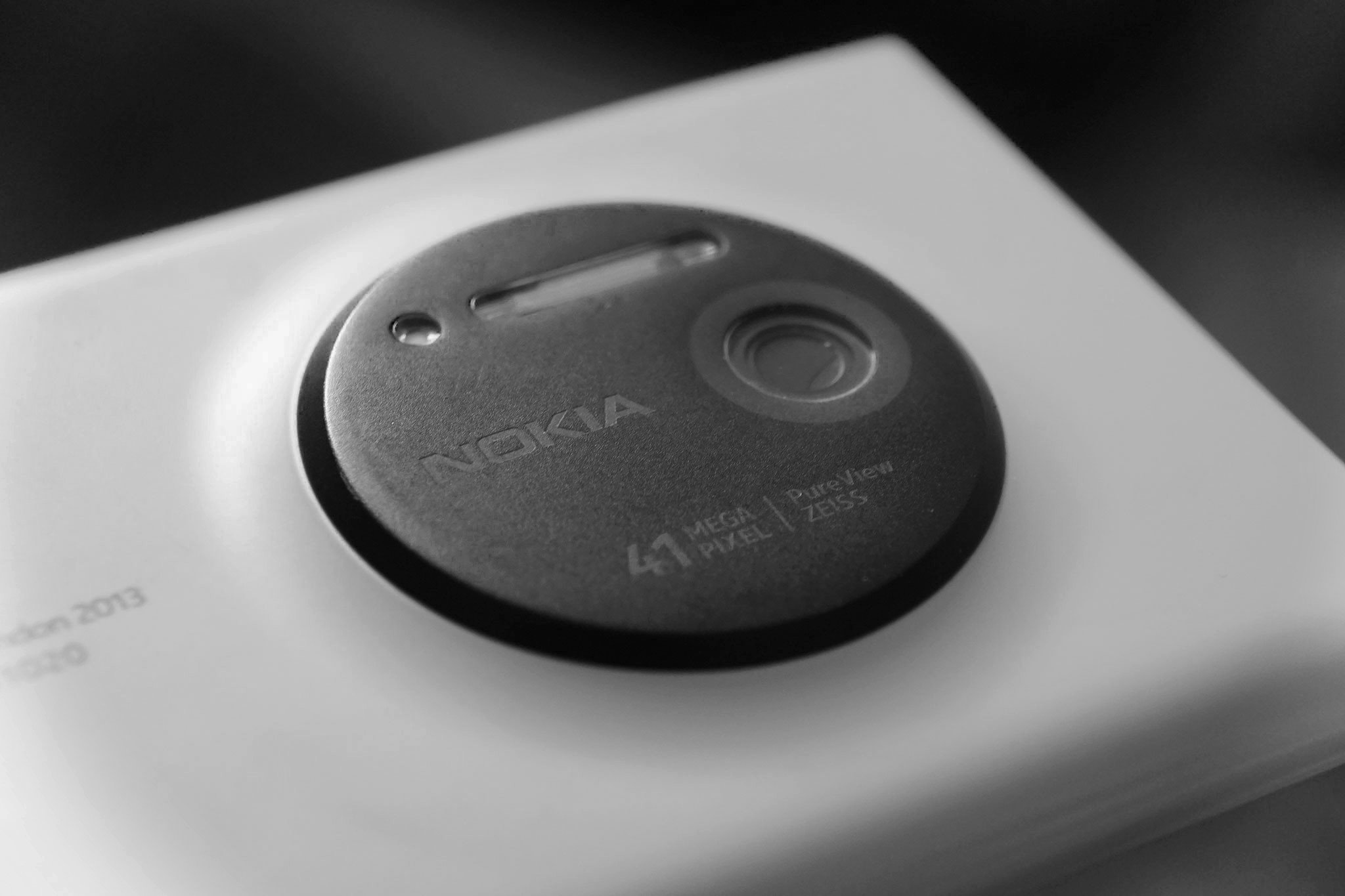This Nokia Lumia 1020 retrospective made me yearn for the good old Windows Phone days
Photography on Windows Phone was well ahead of its time.
I'm not over the death of Windows Phone. I probably never will be. The period between 2010 and 2015 was easily the golden age of (slab) smartphone innovation. We had weird and wonderful devices from the likes of HTC, LG, Samsung, and Nokia, all trying new designs and ideas in an attempt to stand out in the smartphone space, with Windows Phone being the stylish, alternative choice for many.
Those days are long gone. Now, every slab phone it more or less the same, with the only difference being whether or not it runs either Android or iOS. But today I want to join our good friend Mr Mobile in reminiscing about the good old days of Windows Phone, and indeed, the Nokia Lumia 1020, which was ahead of its time in so many ways.
We all take smartphone photography for granted these days, so much so we often forget just how not great smartphone photography was back in the early days. With the Nokia 808 and Nokia Lumia 1020, that all changed, being the first phones to ship with a 41MP camera and computational software to enhance photos taken with its monster sensor.
The photos that the Lumia 1020 could output were unlike anything seen on a smartphone of its size and price. It was so powerful and feature rich that smartphone makers to this day are still catching up in some places. Google recently touted "magic eraser" as a blockbuster feature of its new Pixel phones, but the Lumia 1020 was capable of this 10 years ago.

Bokeh effects? Long exposure modes? Low light photography? Live pictures? The Lumia 1020 could do it all. Of course, smartphone cameras today can take better photos, but the Lumia 1020 was in a league of its own for such a long time back when it first came out, in part thanks to the partnership between Nokia, Microsoft, and Windows Phone.
Sadly, Nokia never made a follow up to the Lumia 1020. Just imagine what could have been with a second version releasing a few years later. The same could arguably be said for Windows Phone as a whole, as by the end of 2017 the platform was already being abandoned by Microsoft.
I don't think I'll ever forgive Microsoft for throwing in the towel, not only because I liked and preferred Windows Phone hardware and software, but because it left us with less choices in the smartphone space. It left us with lame choices that we're forced to put up with because there is literally nothing else out there.
Get the Windows Central Newsletter
All the latest news, reviews, and guides for Windows and Xbox diehards.
There's no competition anymore. Apple and Google are doing the same thing from slightly different angles. Innovation stalled because the players who remain have already won. There's nobody left to drive innovation, and that is Microsoft's fault for bowing out of the game. In my opinion, a third player was vital to keeping the smartphone industry fresh and on their toes.
Long live Windows Phone. And be sure to give Mr Mobile's video a like and subscribe on YouTube.

